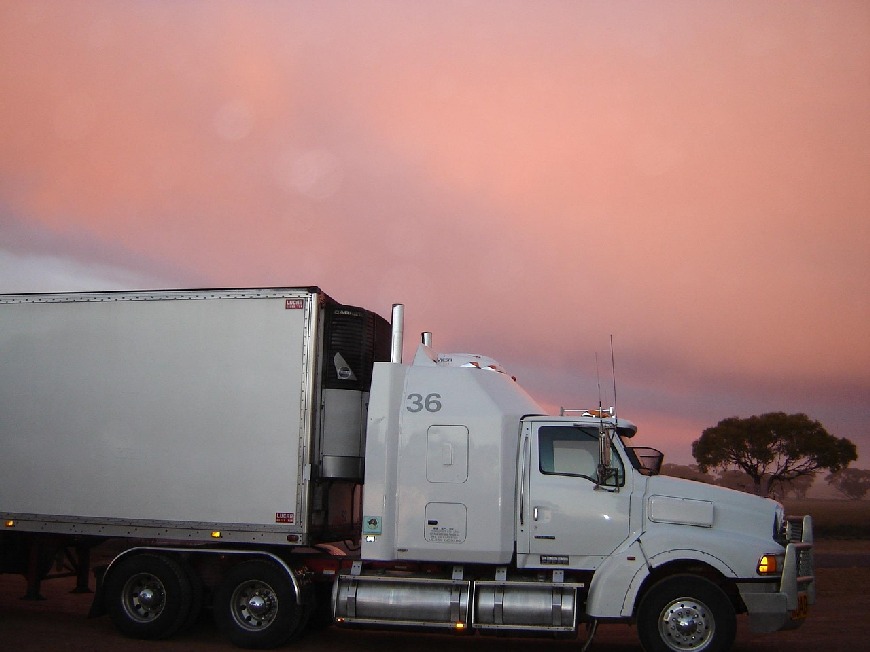The trucking industry’s image is often dominated by long-haul drivers and gleaming rigs, but behind every load delivered lies a mountain of paperwork. From invoicing and rate confirmations to regulatory compliance and payroll, back-office tasks consume time, money, and attention—and errors can ripple across the business Truckstaff Solutions. Today, a quiet revolution is unfolding: carriers large and small are turning to automation to streamline these office processes, cut costs, and free their teams for more strategic work.
Why the Shift Is Accelerating
Several powerful trends have converged to make back-office automation not just attractive, but essential:
- Regulatory complexity: Electronic Logging Device (ELD) mandates, safety audits and ever-changing compliance rules require accurate, timely reporting.
- Labor pressures: Recruiting skilled clerical staff is as challenging as finding drivers—automation helps fill gaps without burning overtime budgets.
- Customer expectations: Shippers demand real-time visibility, instant billing and transparent rate management, all of which strain manual workflows.
Taken together, these factors have transformed automation from a “nice to have” into a competitive imperative.
Concrete Benefits and Strategic Considerations
Automation doesn’t simply replace human effort—it amplifies it. Carriers that deploy tools such as Optical Character Recognition (OCR), robotic process automation (RPA) and AI-driven validation see results like:
- Faster cash flow: Invoices that once took days to process can now be generated and sent in minutes.
- Improved accuracy: Automated checks catch typos, mismatches and compliance gaps before they cause disputes.
- Scalability: Software “robots” handle peak-season volumes effortlessly, avoiding temp-staff costs.
- Employee engagement: Clerks and coordinators move from data-entry drudgery to higher-value tasks—an oft-overlooked morale boost.
Yet success isn’t guaranteed. Integration with legacy Transportation Management Systems (TMS), securing buy-in from office teams and funding upfront software investments are real hurdles.
Strategies for a Smooth Roll-Out
To chart a clear path forward, trucking leaders recommend:
- Pilot first: Choose one workflow—such as rate confirmations or invoice matching—and refine your approach before scaling.
- Involve stakeholders: Bring billing clerks, dispatchers and IT into the conversation early to align expectations and surface hidden requirements.
- Select flexible platforms: Opt for solutions with robust APIs and configurable workflows, so future TMS or ERP upgrades don’t leave your automation stranded.
Looking Ahead
As back-office automation matures, the next frontier will blend workflow engines with machine learning—tools that not only execute tasks but learn from exceptions, suggest process improvements and connect finance to operations in real time. For an industry where every minute on the road counts, automating the paperwork could be the competitive edge that reshapes trucking’s future.








